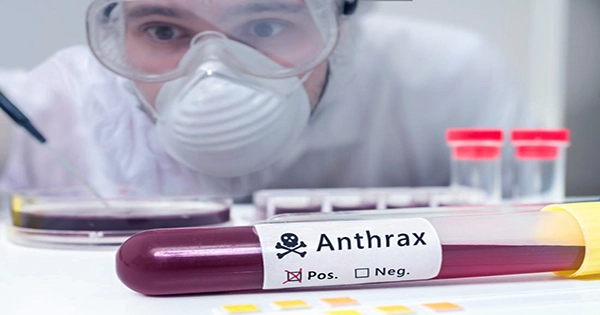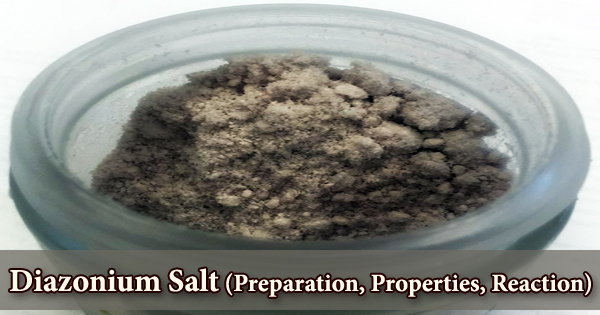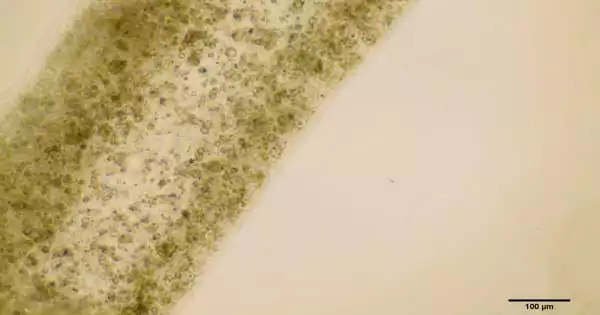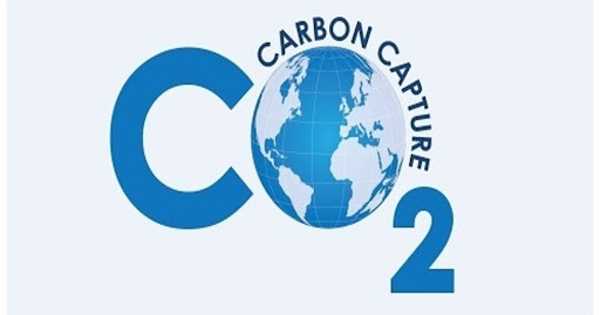Everyone nowadays appears to have developed an interest in keeping things tidy for some reason. Antiviral hand gels sold out all over the world during the COVID-19 epidemic, and press accounts surfaced of individuals drinking bleach or bathing in disinfectant to keep the virus at bay. Apart from the tremendous increase in calls to poison control (really, do not drink bleach), the trouble with all of this is that these disinfection procedures all come at a cost. Bleach, for example, is one of the most environmentally harmful substances available, capable of wiping out entire populations of aquatic life if not properly managed.
Other sanitizers rely on isopropyl alcohol, which produced in only a few locations and has a significant carbon footprint. Another type of disinfectant, phenolics, may be healthier for the environment than the others, but they are more expensive and energy-intensive to manufacture. One of the goals of a new study published this week in the journal PNAS was to identify an alternative, long-lasting disinfectant. Sawdust is the answer.
The study points out “biomass is abundantly available and renewable, and possesses typical multi-antibacterial structures such phenols and ketones.” “The effectiveness of a sustainable disinfectant made from biomass against highly harmful microbes was investigated in this study.” The research shows that “effective biomass utilization has the potential to support the biosafety of human habitats in a more sustainable manner.” Essentially, the researchers discovered that phenolic structures already exist in nature — especially, in plant cell wall components.
The scientists generated a liquid by mixing sawdust with water under high pressure, which they tested against viruses like E. coli, Staphylococcus epidermis, anthrax, and influenza A, all of which killed by the sawdust mixture.
“H1N1 (mask and quartz sand as carriers), H5N1, and H7N9 [flu viruses] all had inactivation rates of 99.99 percent… The prevalence of B. anthracis (carrier: quartz sand) was 99.49 percent, according to the article. “Moreover, Bacillus subtilis var. niger spores (a typical challenge bacterium used to evaluate the disinfection impact) were inactivated at a rate of 99.99 percent, demonstrating that the disinfection function of bioliquid was broad.” Furthermore, the liquid was “safe in case people or animals unwittingly touch it,” according to the researchers, as well as inexpensive, costing less than 5 cents per kilogram to create – two hundred times less than even the most cost-effective hand sanitizers.
Because many different types of sawdust can used to make the liquid, the researchers estimate a production capacity of 113.02 million tons, which they say is “beneficial for large-scale production, due to the abundance and low cost of renewable materials compared to those of currently available commercial disinfectants.” The requirement for biosafety — that is, keeping our environs relatively free of infections – is only becoming more vital as the world continues to urbanize, industrialize, and hurtle into a climate Armageddon. However, according to this new study, it is apparent that developing and manufacturing disinfection agents do not have to come at the hefty cost we used to.
“Overall, the generated bioliquid is a good candidate for outbreak prevention and improving biosafety in human contexts,” the authors write. “In addition, because it is made from renewable biomass, this bioliquid has a broad spectrum of action and is inexpensive, making it ideal for large-scale applications.” “Given the potential revealed in this study,” they add, “the separation approach for the enrichment of low-molecular-weight and low-polarity chemicals should be studied more generally to promote the practical application of bioliquid.”
















